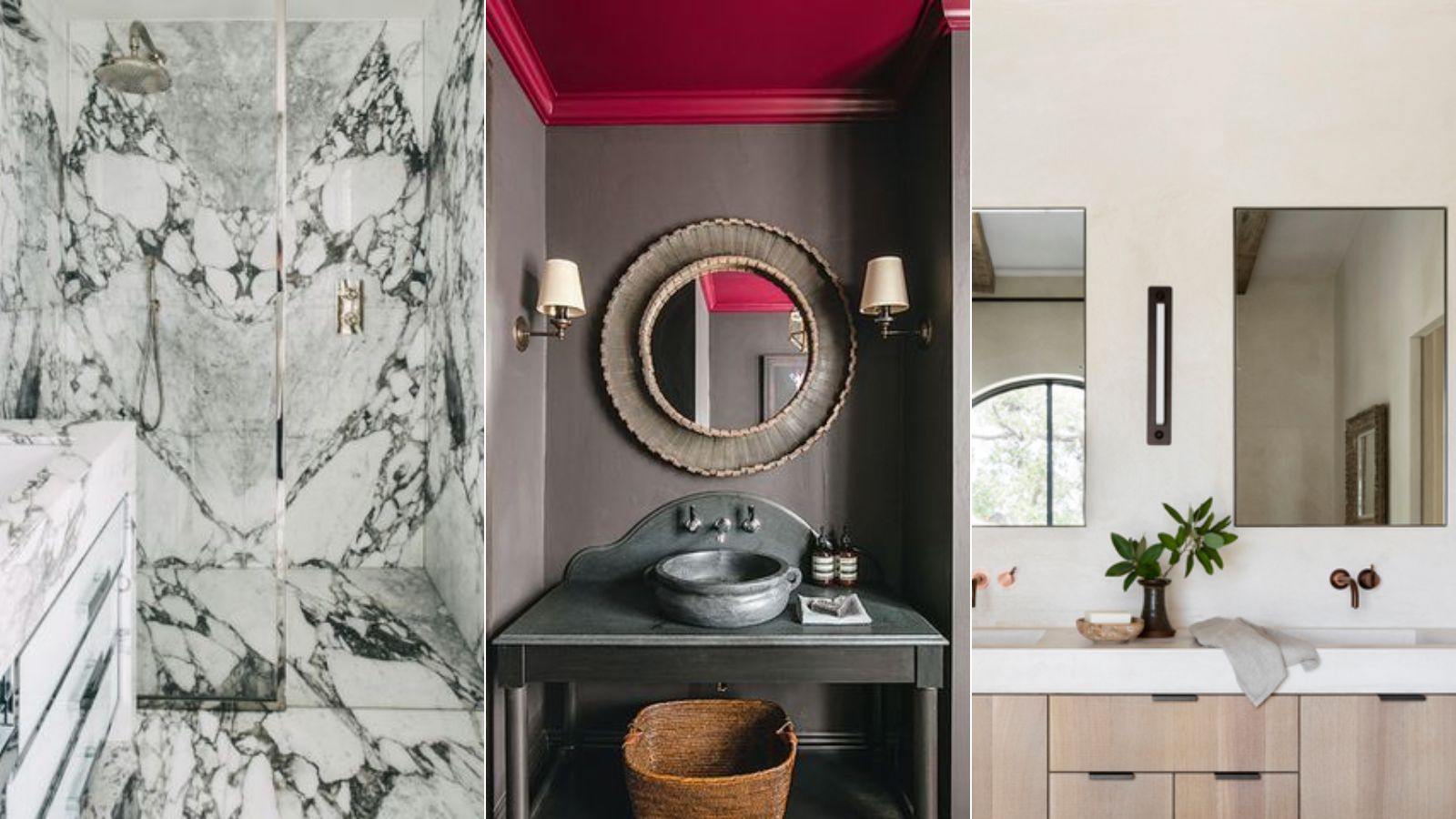
Before redesigning your bathroom or putting your house on the market, it's crucial to consider whether certain elements could be diminishing its value. Often, we overlook minor flaws in our bathrooms, but these, along with certain design choices, can negatively impact your home's worth.
By steering clear of these common bathroom pitfalls, you can ensure your space appeals not only to your taste but also to potential buyers.
We asked real estate experts to shed light on the bathroom remodel mistakes, maintenance oversights, and design trends that could devalue your home, and how to address these issues to enhance your bathroom’s appeal and functionality.
Things that are devaluing your bathroom
Addressing these issues can greatly improve your bathroom's functionality and aesthetics, potentially boosting your home's value
1. Outdated fixtures and fittings
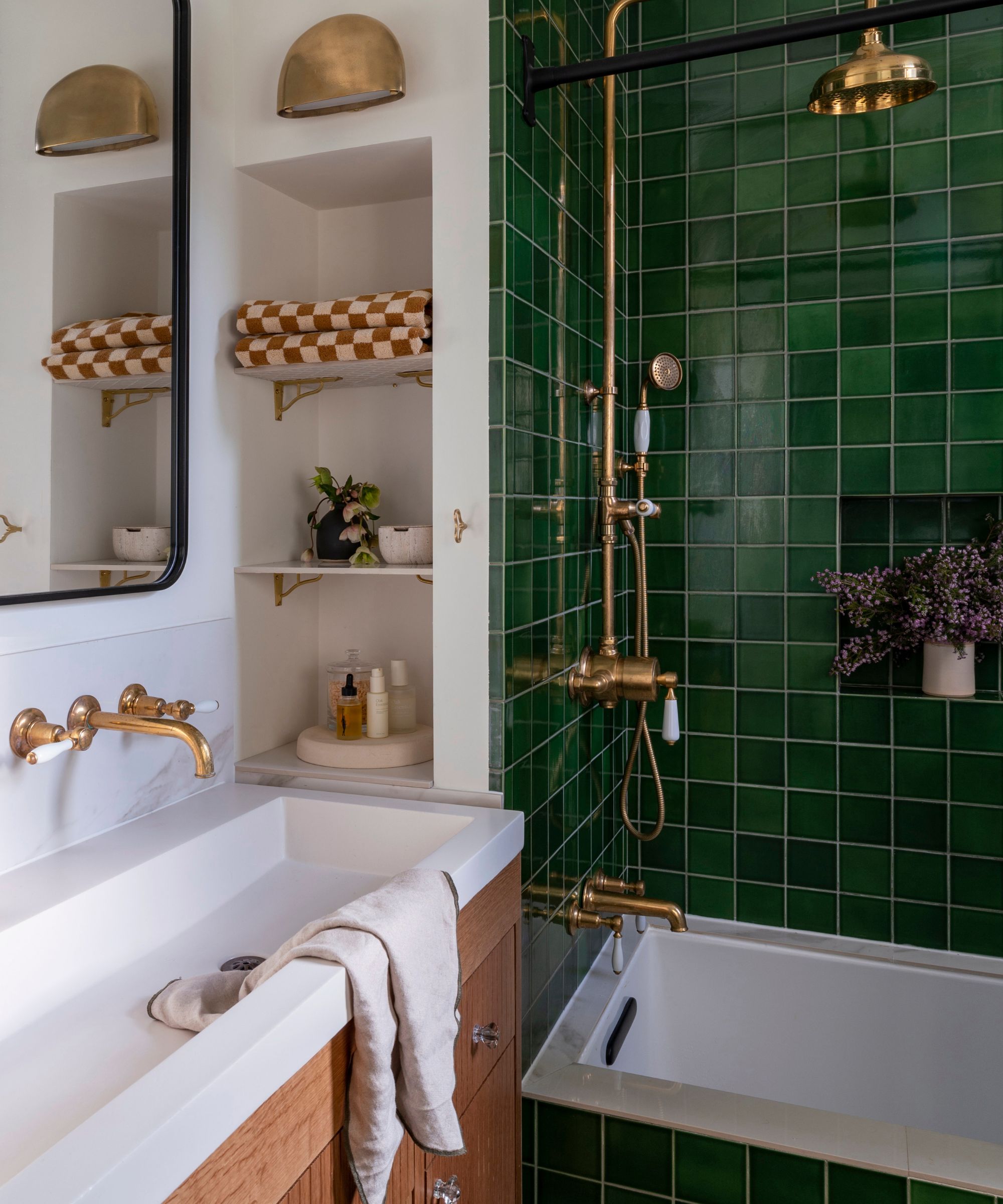
Bathrooms with old, worn-out fixtures not only look drab and unappealing but can also raise concerns about potential plumbing issues. This can seriously devalue your bathroom and turn off potential homebuyers.
'Upgrading your faucets, showerheads, and towel bars to more modern and stylish options not only looks better but can also make everything work more efficiently,' advises Riley Annen, property investor and owner of Companies That Buy Houses. 'Think sleek and water-saving fixtures for a fresh look.'
Additionally, consider the fixtures that add a modern convenience which may be essential in the eyes of potential buyers, such as a heated towel rack.
2. Poor lighting
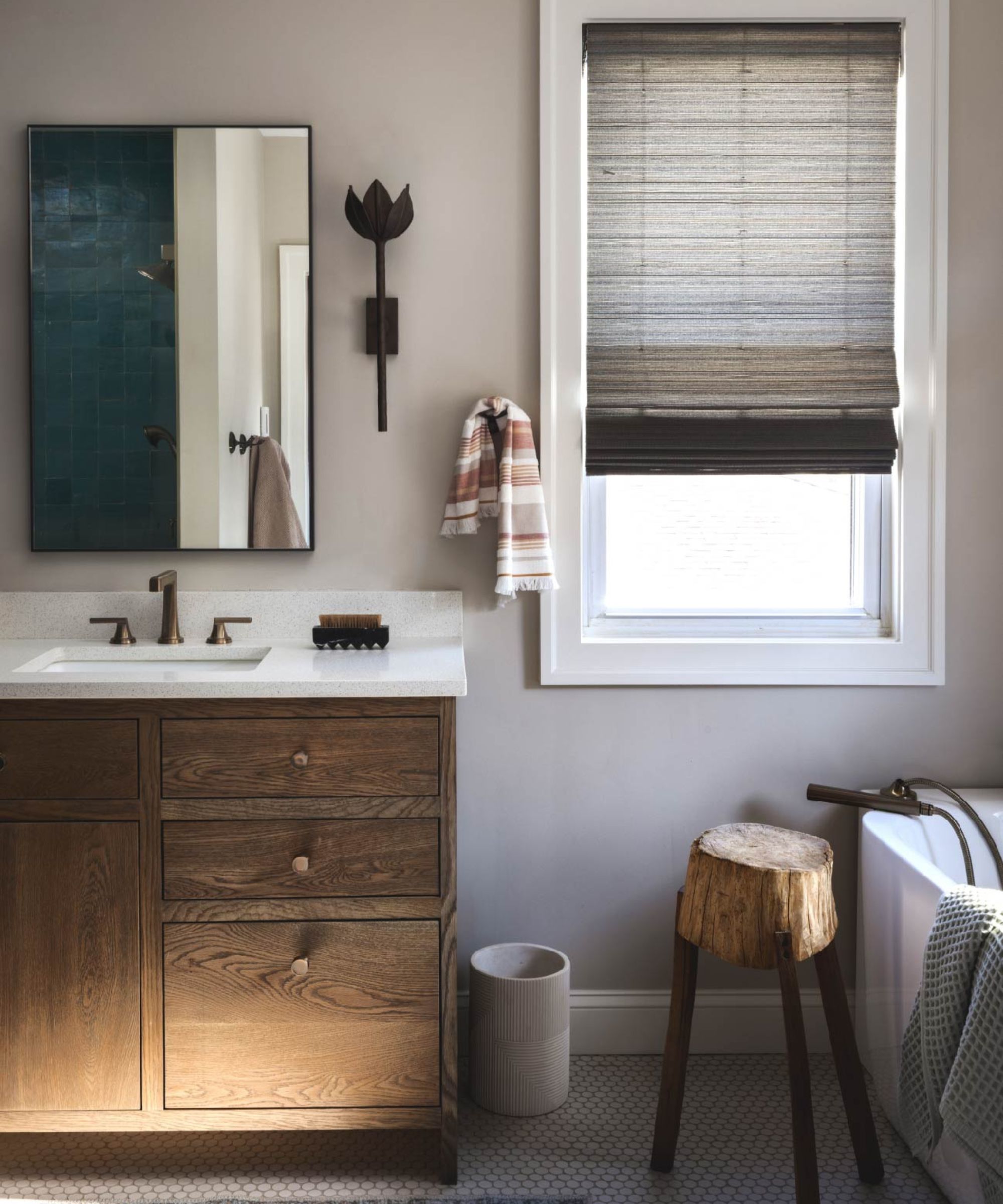
'Poor or harsh lighting is the design mistake that can make a bathroom feel unwelcoming and smaller than it actually is. It can also hinder functionality and make tasks like grooming difficult,' explains Yama Jason, interior designer and founder of House Customize.
Opting for layered bathroom lighting solutions, including ambient, task, and accent lighting, will ensure all bases are covered, while boosting your bathroom's aesthetic value. Use energy-efficient LED lights to cut energy bills.
Additionally, consider choosing switches to increase the flexibility of your bathroom lighting, such as a dimmer or three-way switch.
3. Lack of storage space
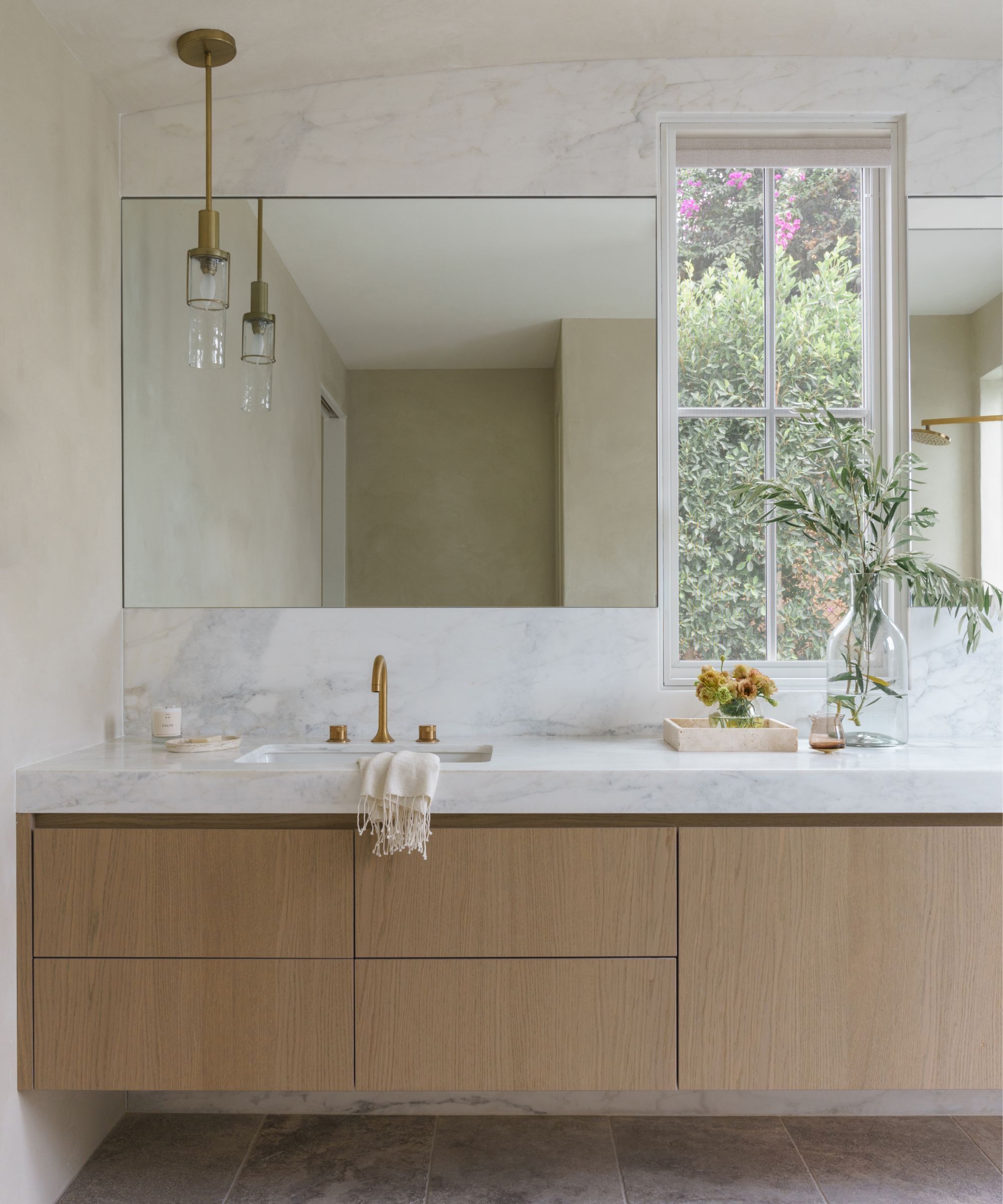
'There's nothing worse than a cramped bathroom with zero counter space or places to put basics like hand towels. Buyers want efficient, well-laid-out spaces and will be turned off by rooms too small to comfortably use,' explains Jim Gray, a real estate professional at Agent Advice.
'Without enough bathroom storage integrated into the design, they'll assume adding more space isn't possible without major construction. A cluttered, cramped bathroom is a major red flag for buyers, signaling a home lacking in both space and thoughtful design.'
Investing in ample storage solutions, such as stylish vanity cabinets and practical shelving, can make a world of difference in how your bathroom is perceived.
4. Neglected repairs
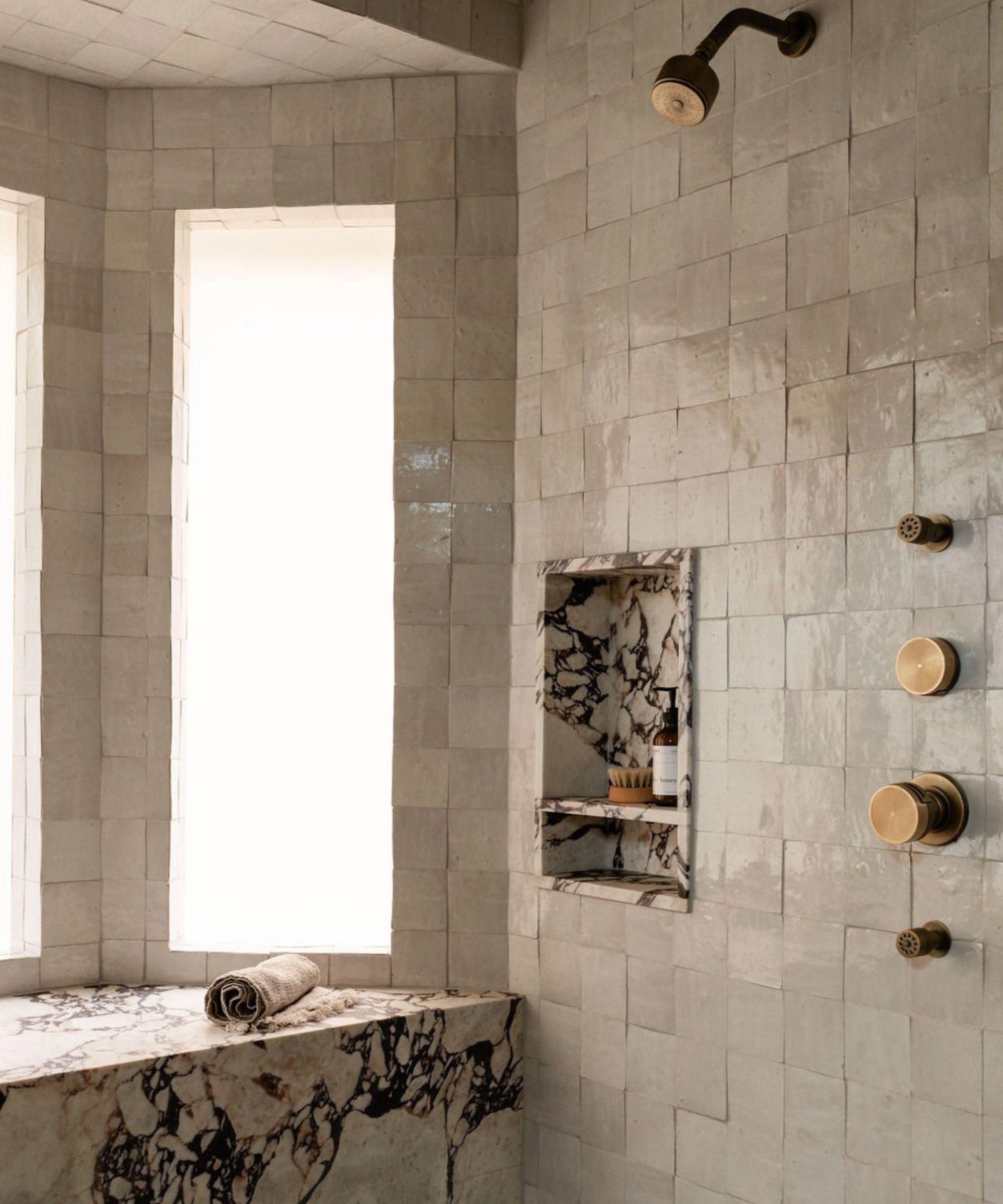
'I can't stress this enough – ignoring minor issues like dripping faucets, running toilets, or cracked tiles sends a signal of neglect. These issues not only worsen over time but also detract from the bathroom's overall aesthetic and functionality,' warns Josh Mitchell, a plumbing technician and the founder of Plumbing Lab. 'Timely repairs are essential.'
'Chipped finishes, soap scum, and mildew smells indicate the home hasn't been properly cared for. Buyers will factor in costs for everything needing refurbishment, not just surface fixes,' adds Jim Gray. 'Simple, periodic bathroom cleaning can prevent costly restoration work down the line.'
5. Inconsistent design
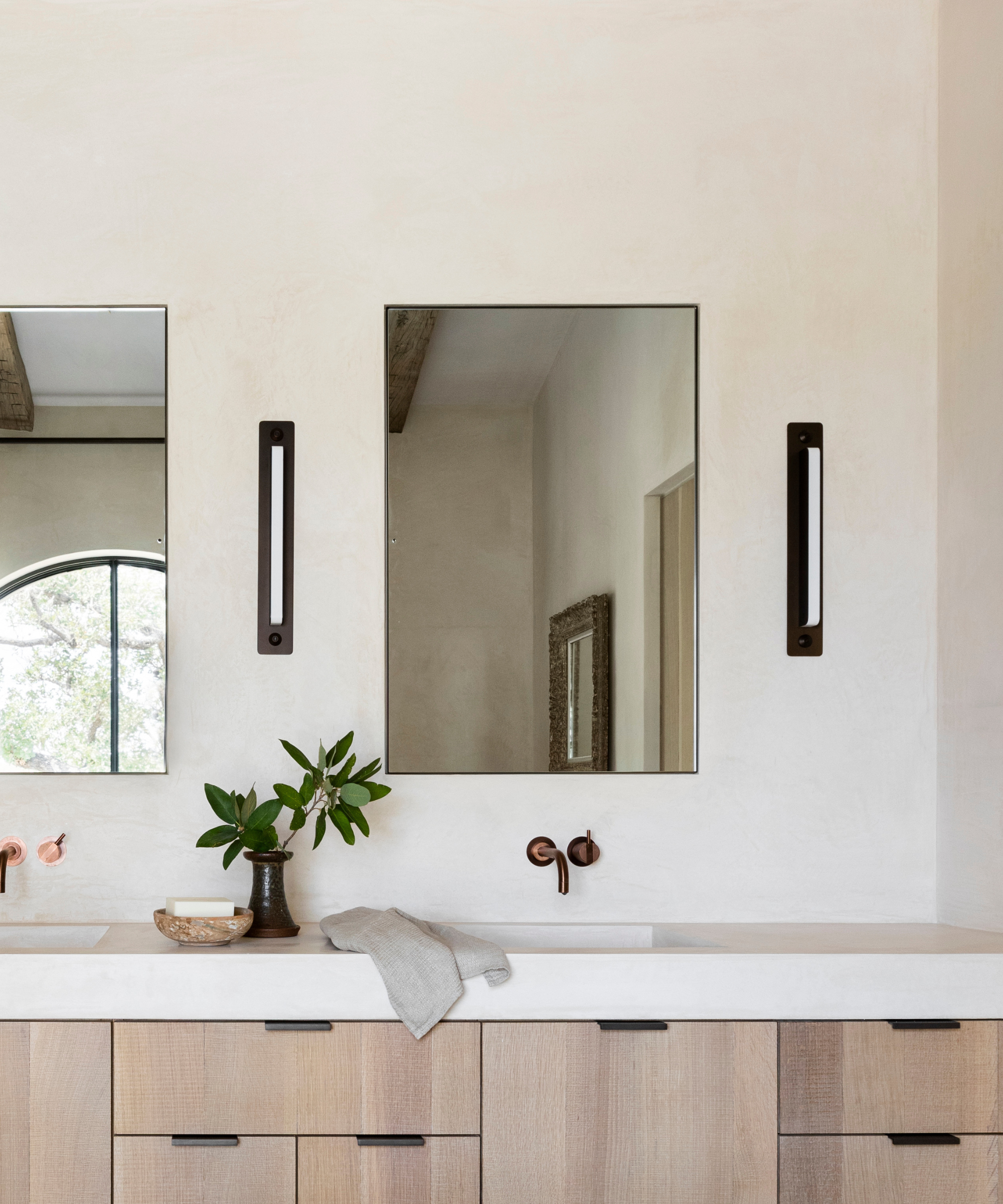
A bathroom with an assortment of styles, colors, or eras can feel chaotic and far from inviting.
'Consistency adds to the overall value and aesthetics. Ensure that your bathroom follows a cohesive design theme, whether contemporary, traditional, or transitional,' advises real estate agent John Peña.
'If you don't want to spend money on a complete overhaul, adding small accents like coordinating towels or a new shower curtain can make a big difference.'
6. Poor ventilation
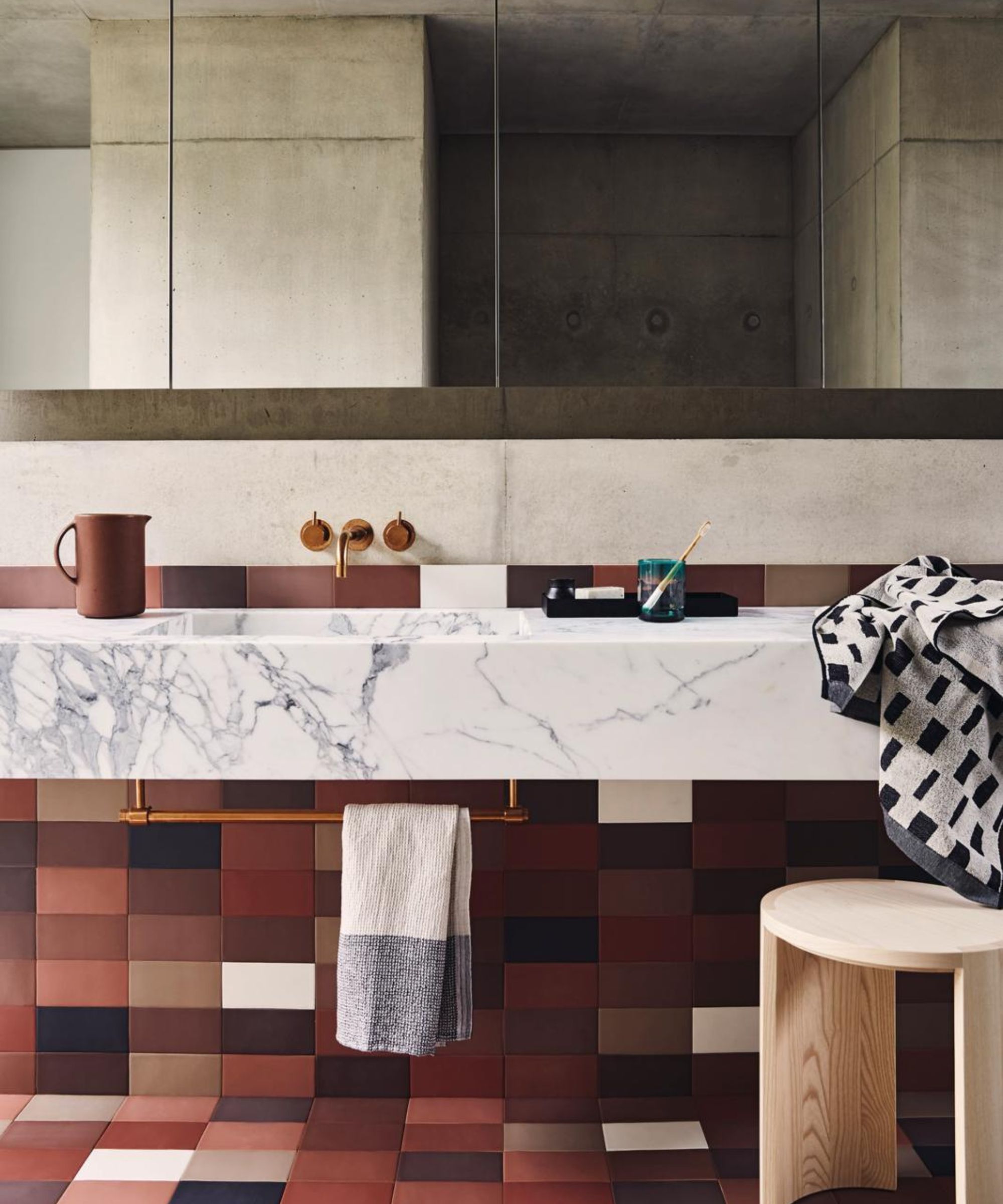
'From my experience, good bathroom ventilation is non-negotiable,' says HVAC technician, Josh Mitchell. 'Mold and mildew growth due to inadequate ventilation can be a health hazard and cause long-term damage.
'Installing an effective ventilation system, like a reliable exhaust fan, is vital for air quality and surface protection.'
7. Low-quality materials
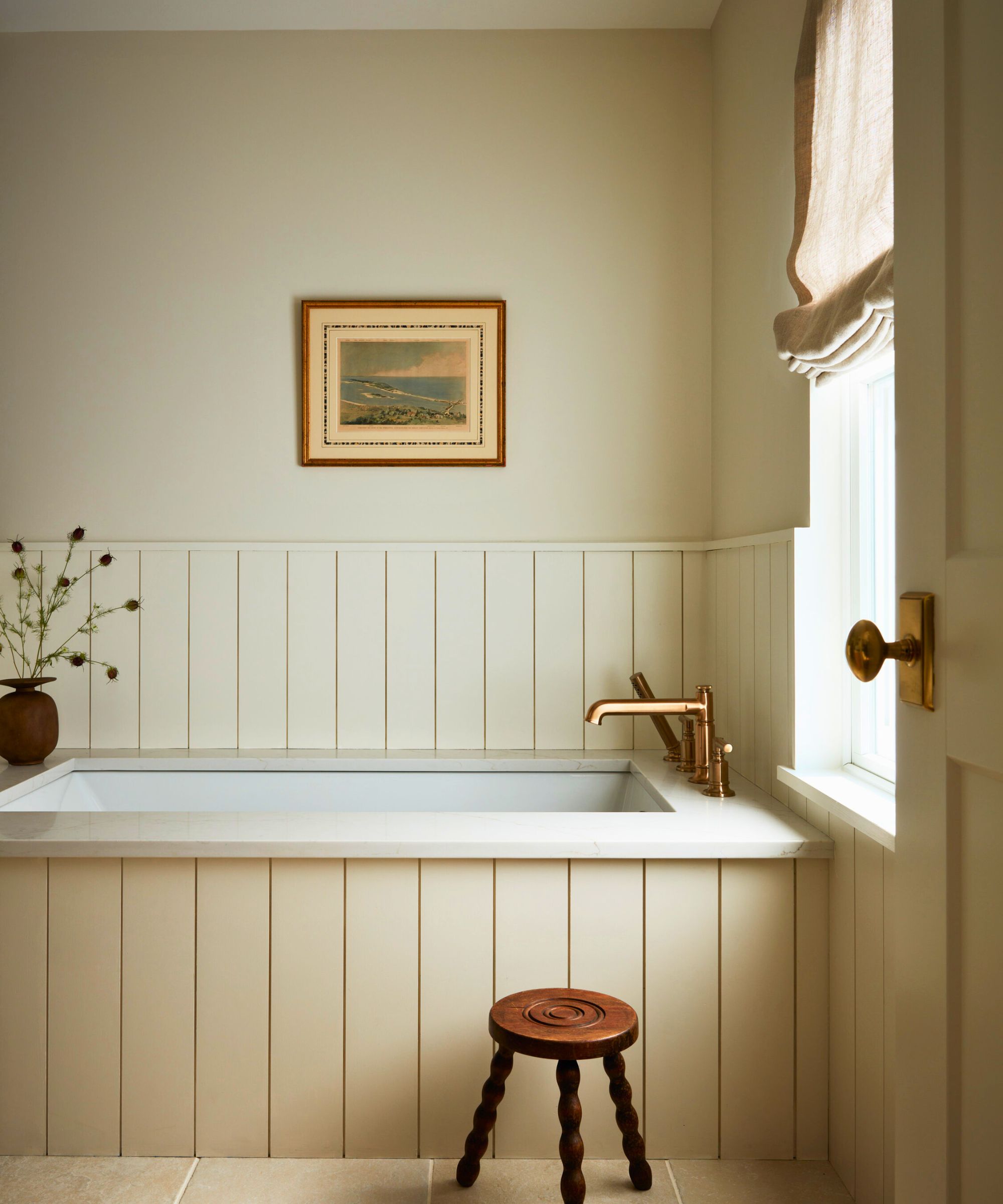
Cheap, low-quality materials may save money initially, but they can be costly in the long run in terms of replacements and decreased home value.
'Low-quality grout is one of the biggest culprits. It's prone to cracking, eroding, and looking grubby over time – all of which can drastically affect the overall impression and perceived value of the bathroom,' says Joy Aumann, realtor and co-founder of La Jolla Life. 'I've seen countless bathrooms diminished by their tired-looking grout lines. Water damage from leaky grout is also a major problem area that buyers will want to be addressed.'
'Additionally, using inexpensive brassware and fittings is one thing that could make your bathroom less valuable. Because these things are used all the time, they can quickly make a room look old if they aren't made well,' explains Kerry Sherin, consumer advocate at home valuation company, Ownerly. 'Damage and rusting can happen quickly, and cheap taps and fittings may start to make noise over time.
To maintain the bathroom's beauty and value, it needs to be carefully maintained and made with high-quality materials. Fixtures, tiles, or countertops must stand the test of time and use, ultimately preserving the bathroom's value.
8. Ineffective layout
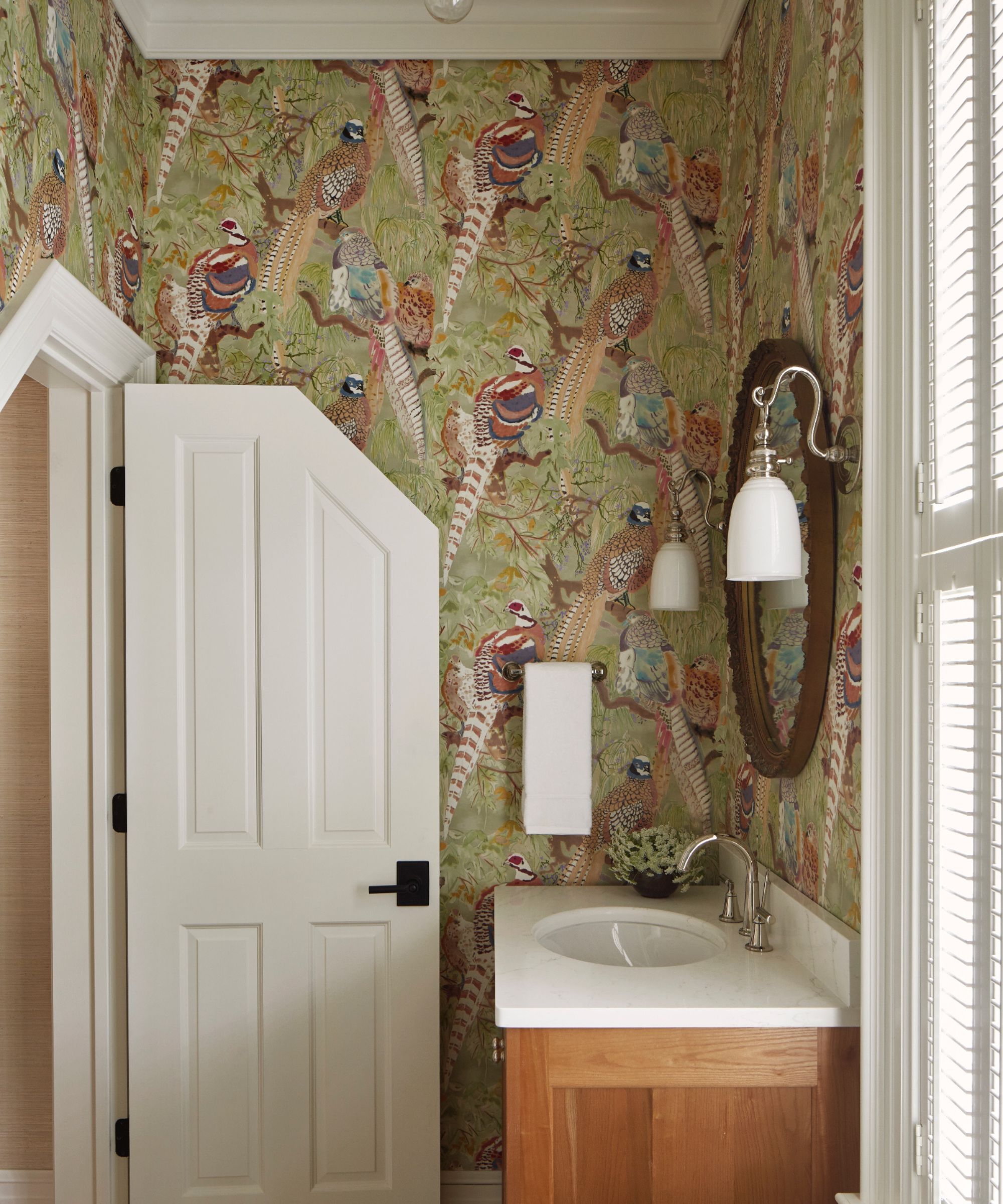
An inefficient bathroom layout can make a bathroom feel cramped, hinder its functionality, and disrupt the flow of movement. This might include poor placement of the toilet, sink, or shower or a lack of appropriate storage space.
'When designing a bathroom, consider a layout that maximizes space, perhaps with a floating vanity or walk-in shower, to ensure it can be easily moved,' advises Yama Jason.
9. Inadequate or overly personalized renovations
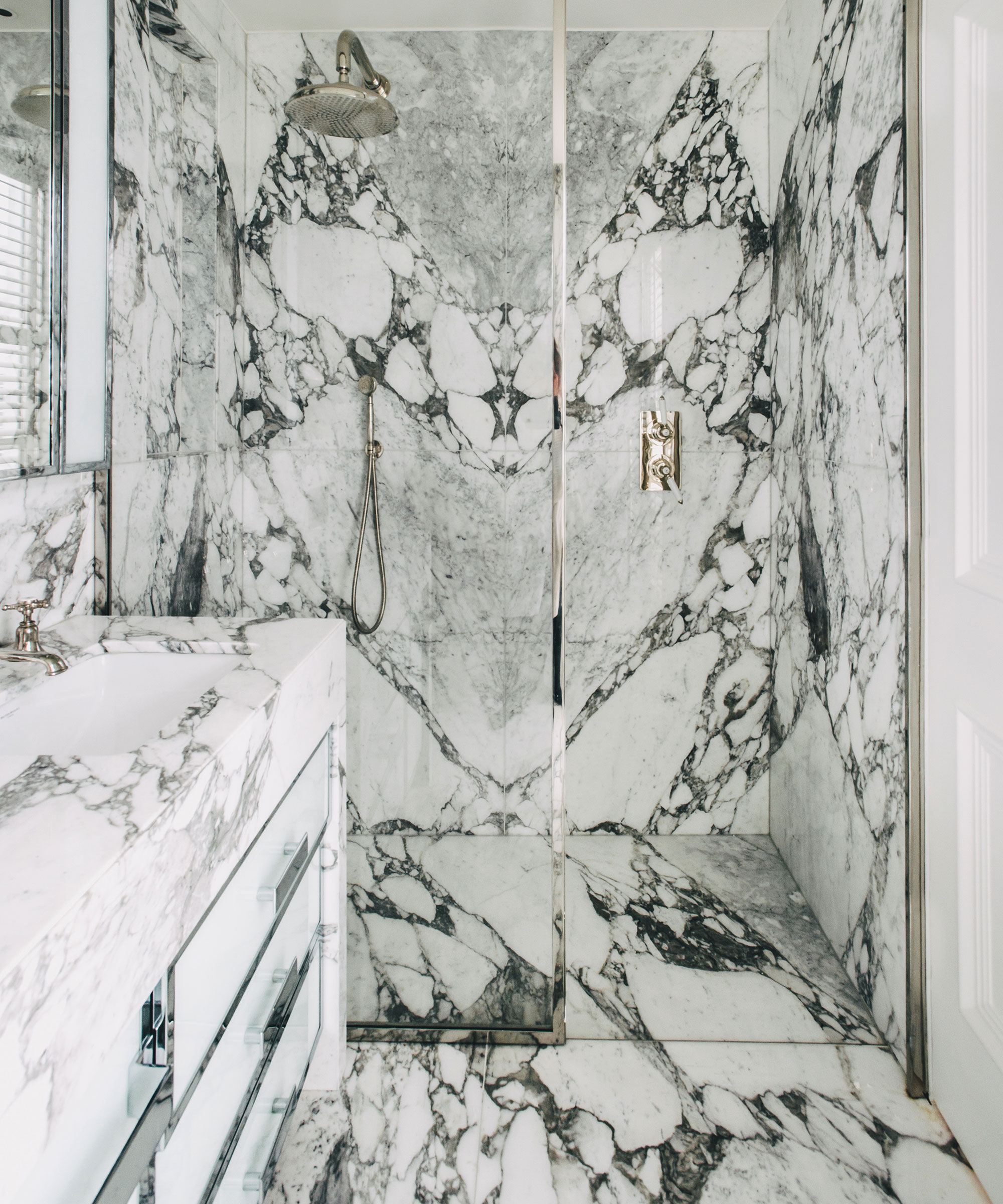
Personalizing your space is essential, but going overboard with specific, customized designs can be a deterrent to potential buyers.
For example, removing a bathtub to create space for a large shower can be a contemporary choice, but it might not always increase the value of your home.
Many families, especially those with young children, often prefer a bathroom with a bathtub. Before making such a change, it's important to consider the needs of the majority of potential buyers in your area. Aim for renovations that strike a balance between personalization and broad appeal, adding both style and functionality.
10. Outdated color schemes
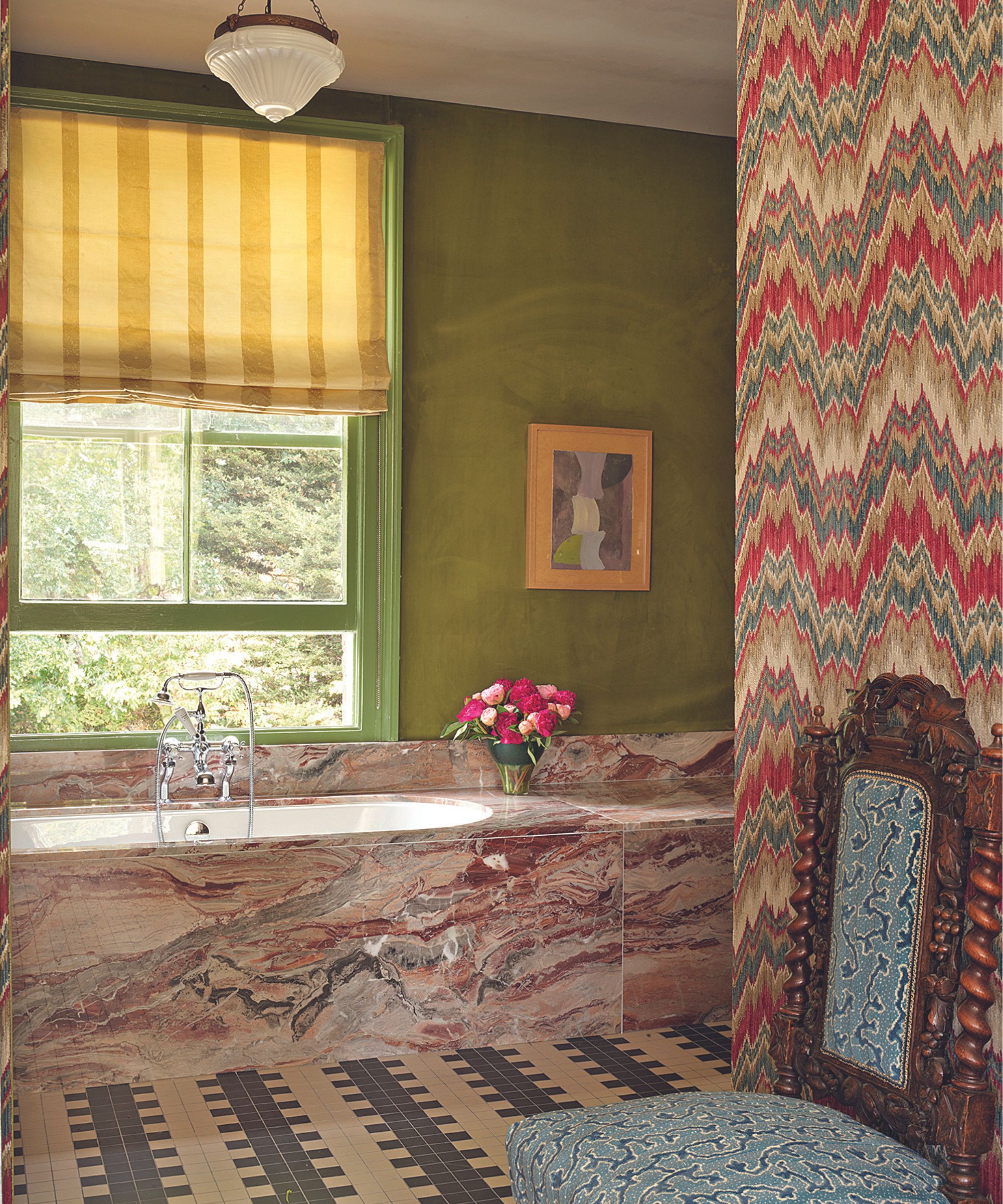
'Bathrooms stuck in a past era, think avocado green tiles from the '70s or over-the-top '80s wallpaper, can significantly devalue a space,' says Kenny Klinger is co-founder and CEO of Go Bath. 'Modern buyers often look for clean, contemporary designs.'
'If the colors in your bathroom seem outdated, a simple paint job or adding new accessories like towels or shower curtains can work wonders,' advises Riley Annen. 'Neutral colors often make a space look timeless and inviting.'
11. Ignoring water efficiency
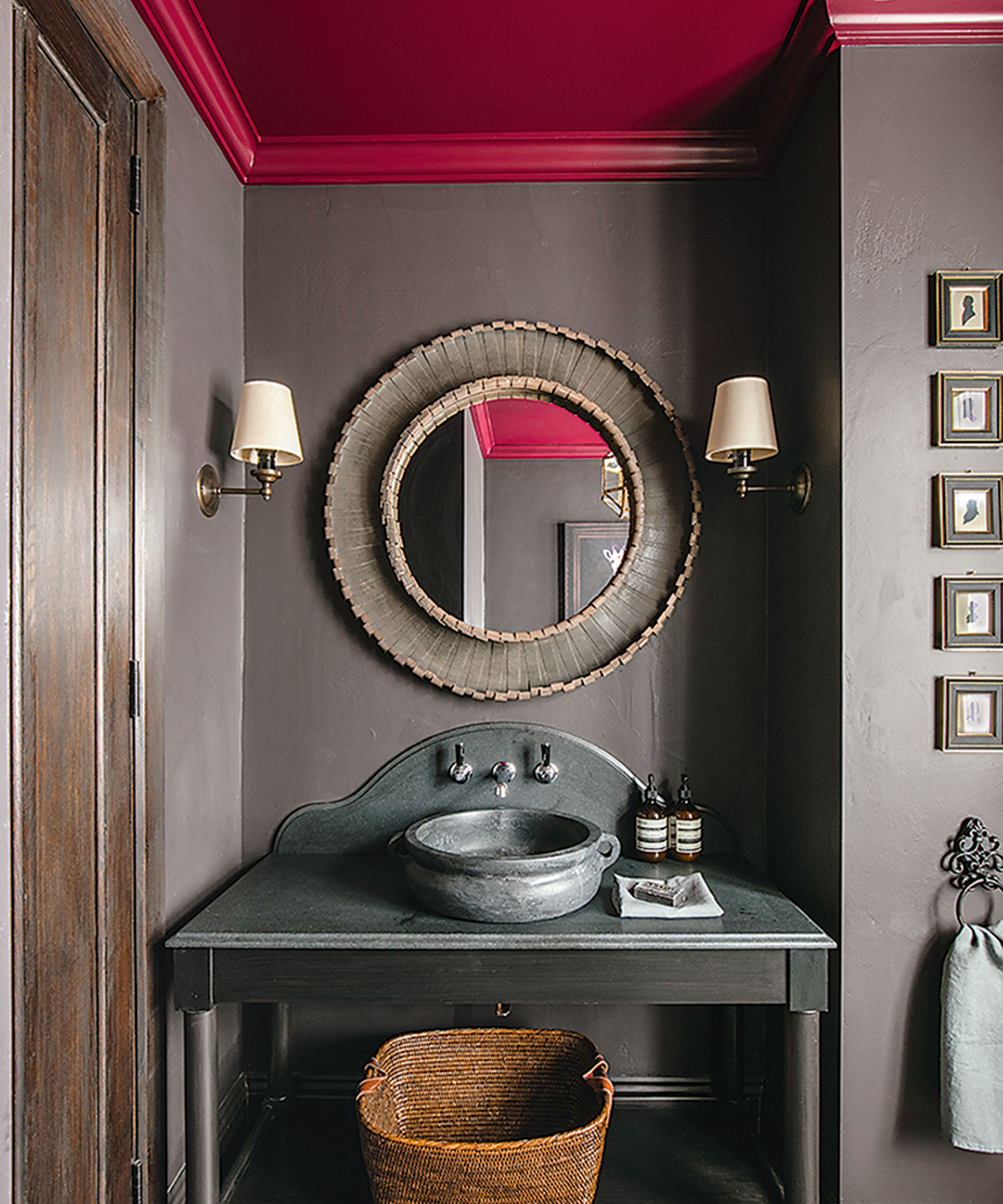
'Finally, as an environmentally-conscious technician, I've seen the growing importance of eco-friendly, water-efficient features,' says Josh Mitchell. 'Installing water-saving devices like low-flow showerheads and dual-flush toilets not only makes your bathroom more appealing but also contributes to a sustainable future.
So, remember, when future-proofing your bathroom for increased selling value, proper maintenance and renovation with high-grade materials can go a long way.
'Re-grouting with premium, mold-resistant grout protects the investment and creates a spic-and-span backdrop for the tiles,' says Joy Aumann, realtor. 'Sealing it routinely prevents stains and keeps bathrooms looking their best.
'Finally, updating older fixtures, sinks, and counters can significantly increase the value of your bathroom.'







